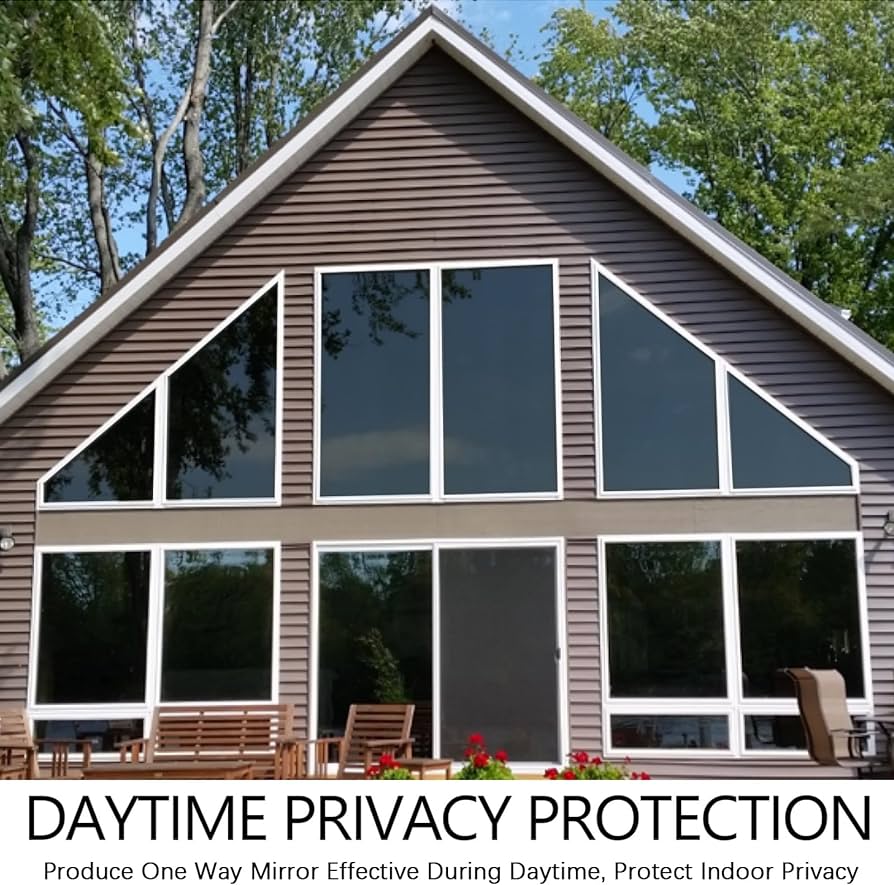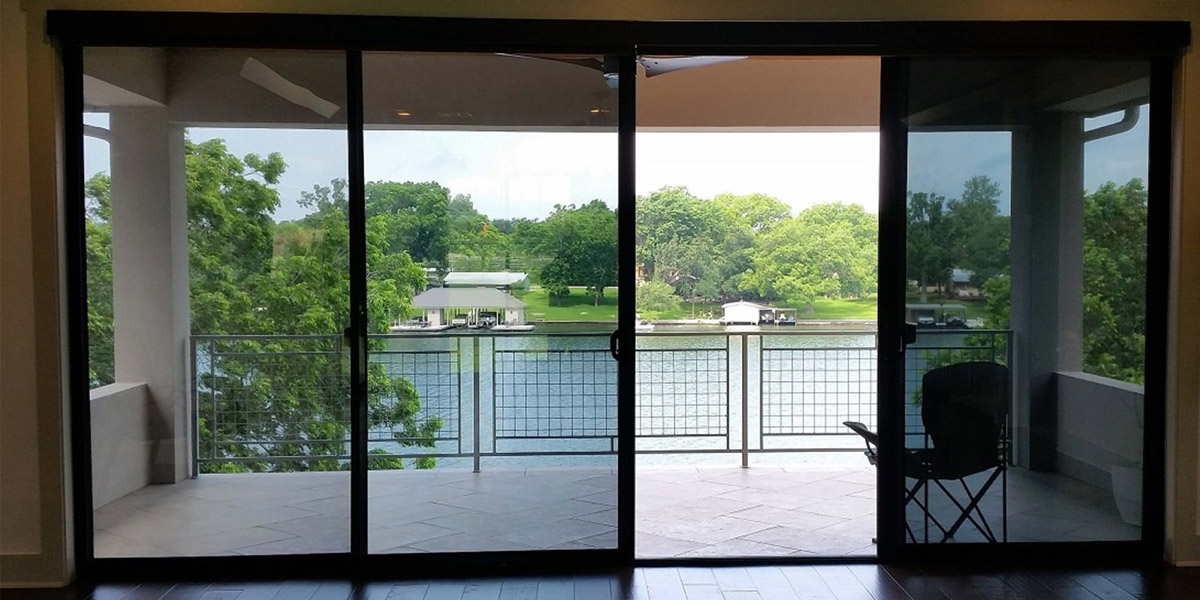How Residential Window Tinting Boosts Your Home's Energy Performance
Residential window tinting provides an engaging remedy for house owners looking for to boost power performance within their living rooms. By using specialized movies to home windows, it successfully reduces heat transfer, thus supporting interior temperature levels and reducing the demand for too much home heating or air conditioning.
Recognizing Window Tinting
Comprehending window tinting is necessary for home owners looking for to boost both convenience and power performance in their space. Residential Window Tint. Home window tinting entails the application of a thin film to the interior or outside surface area of glass home windows. This film can dramatically regulate the quantity of sunshine and warm that enters a home, thus affecting interior climate problems
There are various kinds of window tinting movies readily available, each with distinctive buildings. For example, colored movies take in solar energy, while reflective movies disperse it far from the glass surface area. Ceramic movies provide a balance of presence and warmth denial, making them a prominent choice amongst homeowners. The performance of window tinting is typically measured by its Visible Light Transmission (VLT) percent, which suggests just how much light can pass through the movie.
Advantages of Energy Effectiveness
Window tinting not just enhances aesthetics however also plays a significant function in boosting energy performance within property spaces. By lowering warm transfer with home windows, tinted movies produce a more stable interior climate, which can lead to considerable decreases in energy usage for heating and air conditioning. This energy effectiveness converts into lower energy bills, supplying house owners with significant long-lasting financial savings.

Additionally, window tinting boosts the convenience of living spaces. By decreasing glare and blocking harmful UV rays, tinted home windows develop a more pleasurable setting, which can result in boosted health for passengers. The defense versus UV rays also helps maintain furnishings and flooring from fading, contributing to the durability of house products.
How Tinting Functions
Tinting movies operate through a mix of advanced materials and modern technologies made to regulate the amount of solar power going into a home. Primarily made up of polyester, these films often include metal or ceramic fragments that show and soak up warmth. This double capability permits them to dramatically lower the penetration of ultraviolet (UV) rays and infrared radiation while permitting visible light to go through.
The efficiency of home window tinting is measured by its solar warmth gain coefficient (SHGC), which suggests just how much solar energy is transferred via the home window. Reduced SHGC values are better as they denote greater heat being rejected. In addition, home window tints can feature a range of useful content shades, enabling homeowners to personalize their aesthetic choices while boosting power effectiveness.
Furthermore, these films function as an obstacle, preventing heat loss throughout cooler months by mirroring indoor heat back right into the home. This thermal insulation effect matches the air conditioning benefits gained during warmer months, adding to a well balanced indoor environment year-round. By managing solar power successfully, residential window tinting not only enhances convenience yet also plays a crucial function in minimizing power usage and reducing utility expenses.
Selecting the Right Tint

There are different kinds of window movies readily available, including dyed, metalized, and ceramic. Ceramic films offer outstanding warm control without endangering presence and are very durable, making them a popular choice.
Noticeable light transmission (VLT) is another vital variable, as it shows the quantity of all-natural light that can pass with the tinted glass. Property owners need to pick a color with a VLT that enhances their illumination preferences while still supplying appropriate glow reduction.
Furthermore, evaluating the solar heat gain coefficient (SHGC) can help determine just how well a color can obstruct warm from sunshine. A reduced SHGC suggests much better warmth control, eventually boosting energy effectiveness.
Setup and Upkeep Tips
Correct installment and maintenance are important elements in taking full advantage of the advantages of domestic home window tinting. To attain optimum outcomes, it is suggested to work with a qualified expert for installation. This makes sure that the color is applied properly, staying clear of air Source bubbles, creases, or misalignment that could jeopardize performance. Professionals also use specialized tools and techniques, which can improve the resilience and efficiency of the color.
Following installment, upkeep is vital to prolong the life of the home window movie. It is advised to wait at the very least 30 days prior to cleaning up the tinted home windows to enable the glue to cure totally.
Addressing these concerns promptly can avoid further damages and web link keep power efficiency. By sticking to these installment and maintenance ideas, property owners can ensure their window tinting continues to give considerable power financial savings and comfort for years to come.
Final Thought
To conclude, residential home window tinting works as a reliable solution for boosting energy efficiency within homes. By decreasing warm transfer and blocking hazardous UV rays, window films contribute to reduce energy consumption and enhanced indoor comfort. The choice of appropriate tinting materials, together with correct installment and maintenance, further optimizes these benefits. Inevitably, home window tinting represents a lasting investment that not just lowers energy costs however additionally advertises a comfortable living setting throughout the year.
Window tinting entails the application of a thin film to the inside or exterior surface area of glass windows. By reducing warm transfer with windows, colored films create a more steady indoor climate, which can lead to considerable decreases in power intake for heating and air conditioning.The effectiveness of window tinting is determined by its solar warm gain coefficient (SHGC), which suggests how much solar power is transferred via the window. By managing solar power effectively, domestic window tinting not just improves convenience however also plays a vital function in minimizing power usage and reducing energy costs.
By minimizing warmth transfer and obstructing unsafe UV rays, window films contribute to lower power usage and enhanced indoor comfort.